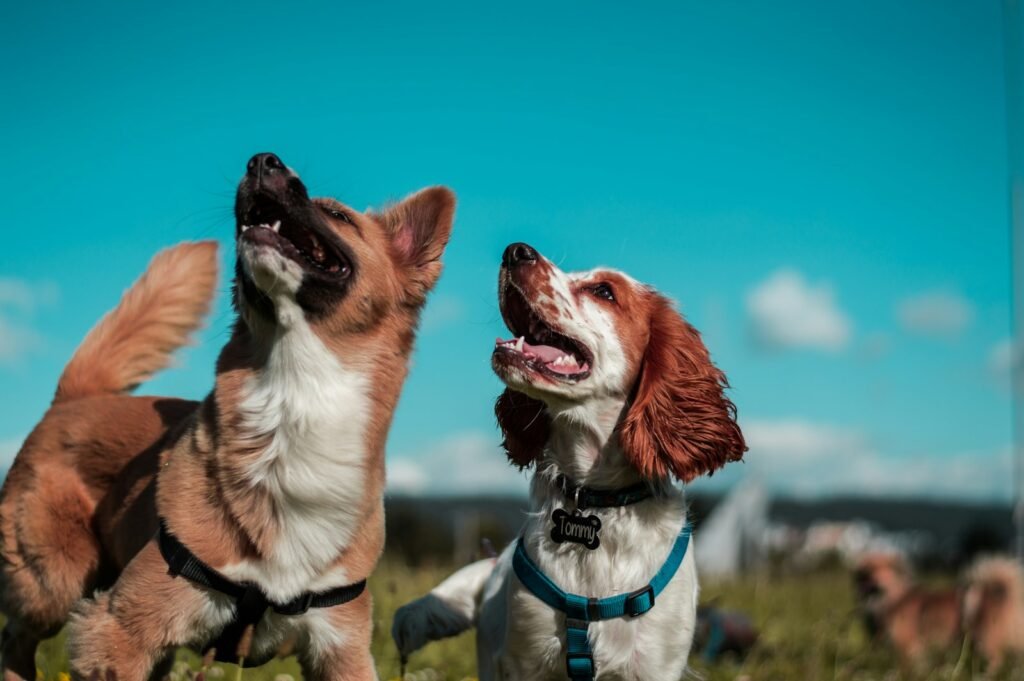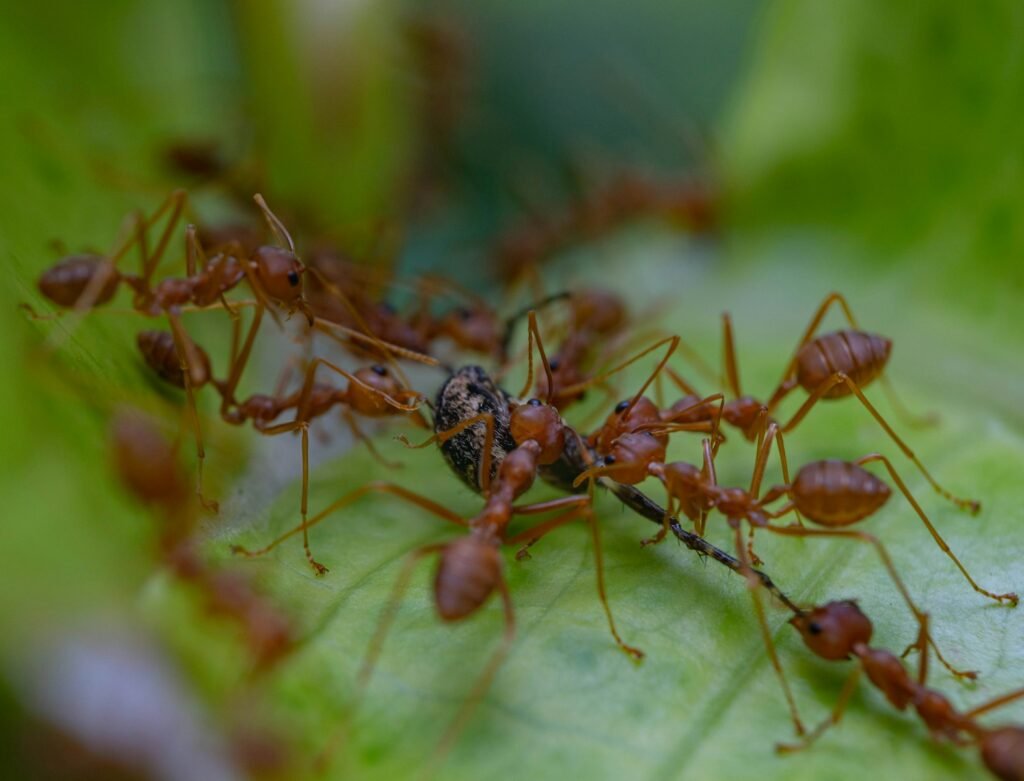A curious divide runs through living rooms and leashes: some people melt for wagging tails, others swear by the soft thunder of a purr. The horoscope pages offer tidy stories, while behavioral science offers messier, testable ones, and somewhere in the middle sits our very human need to belong. As a science journalist who grew up with a chaos-loving terrier and a contemplative tabby, I’ve watched friends map their pet choices to their star signs with stunning conviction. The question isn’t whether the planets pick your pet – it’s why the zodiac archetypes feel so right to so many, and how those stories intertwine with measurable personality traits. That tension – myth versus mechanism – turns a simple cat-or-dog debate into an unexpectedly revealing look at identity.
The Hidden Clues
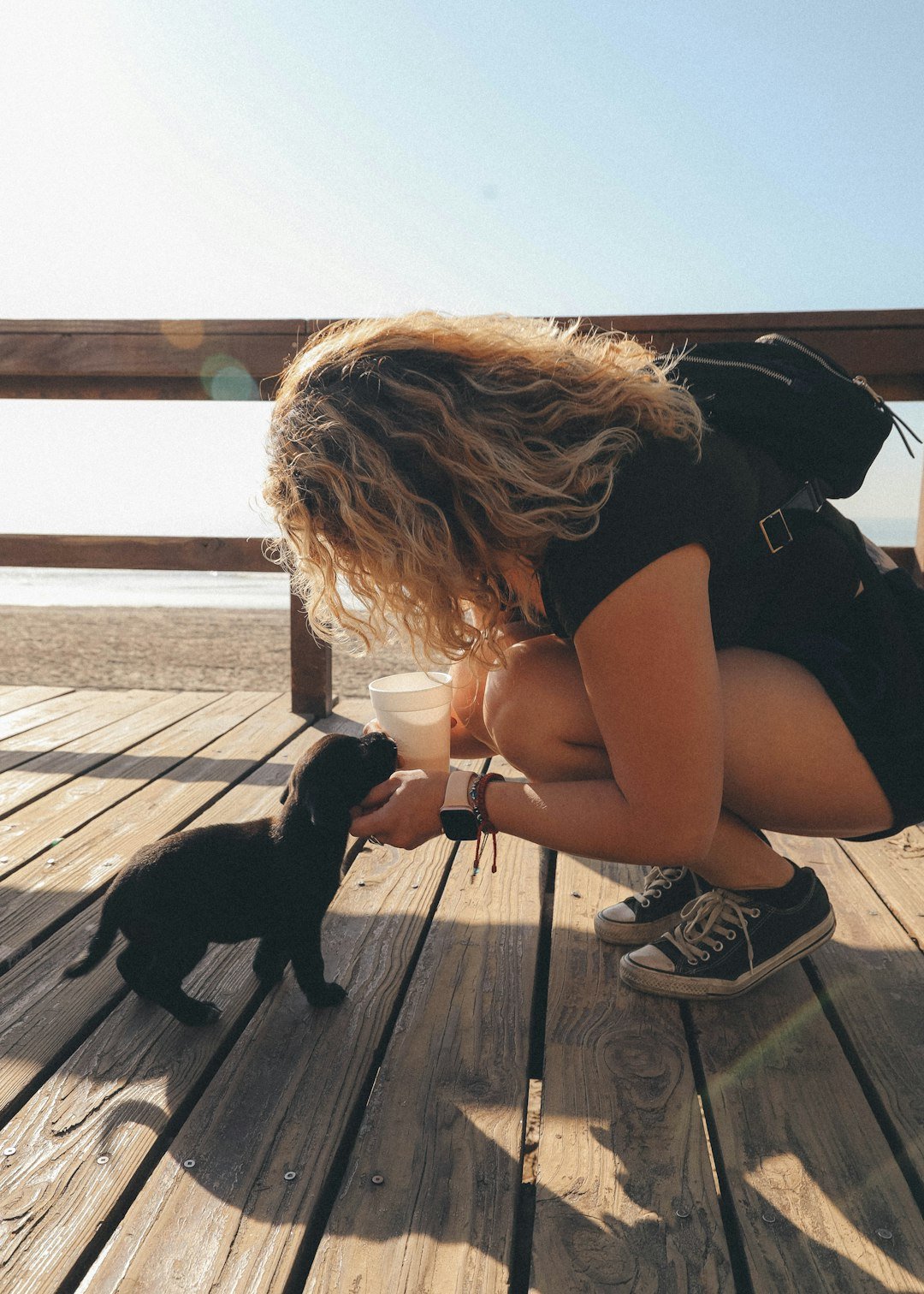
Astrology gives a narrative shortcut: fiery signs are framed as energetic, earthy signs as steady, airy signs as social, and watery signs as intuitive. People use these archetypes as mirrors, then buy the collar that matches the reflection they like best, a phenomenon psychologists call self-attribution. Even if the sky has no measurable grip on personality, the story can still steer choices by shaping how we see ourselves.
Dog ownership often rewards routine, outdoor activity, and frequent social contact in parks or neighborhoods. Cat ownership often aligns with quieter rhythms, solitary work, and space for gentle boundaries at home. When someone identifies strongly with an archetype – say, diligent and grounded – they might lean dog; when they cherish privacy and nuance, they might lean cat.
From Ancient Tools to Modern Science

Astrology has deep cultural roots as a meaning-making tool, but controlled tests have repeatedly failed to confirm causal links between birth date and personality. Modern personality science, by contrast, measures traits like extraversion and openness with consistent, validated methods and finds robust patterns in behavior. Those patterns – rather than planetary positions – better predict who enjoys long walks with a leash versus quiet evenings with a feline on the keyboard.
Surveys in the past decade often show dog households outnumber cat households in the United States, while personality comparisons tend to find dog-identifying people score higher on sociability and conscientiousness, and cat-identifying people score higher on openness and sensitivity. None of this proves destiny; it shows that identity, lifestyle, and environment nudge our preferences far more than star charts. The zodiac, then, functions like a poetic label pasted onto sturdier psychological furniture.
Personality Pathways: How Traits Translate to Pets
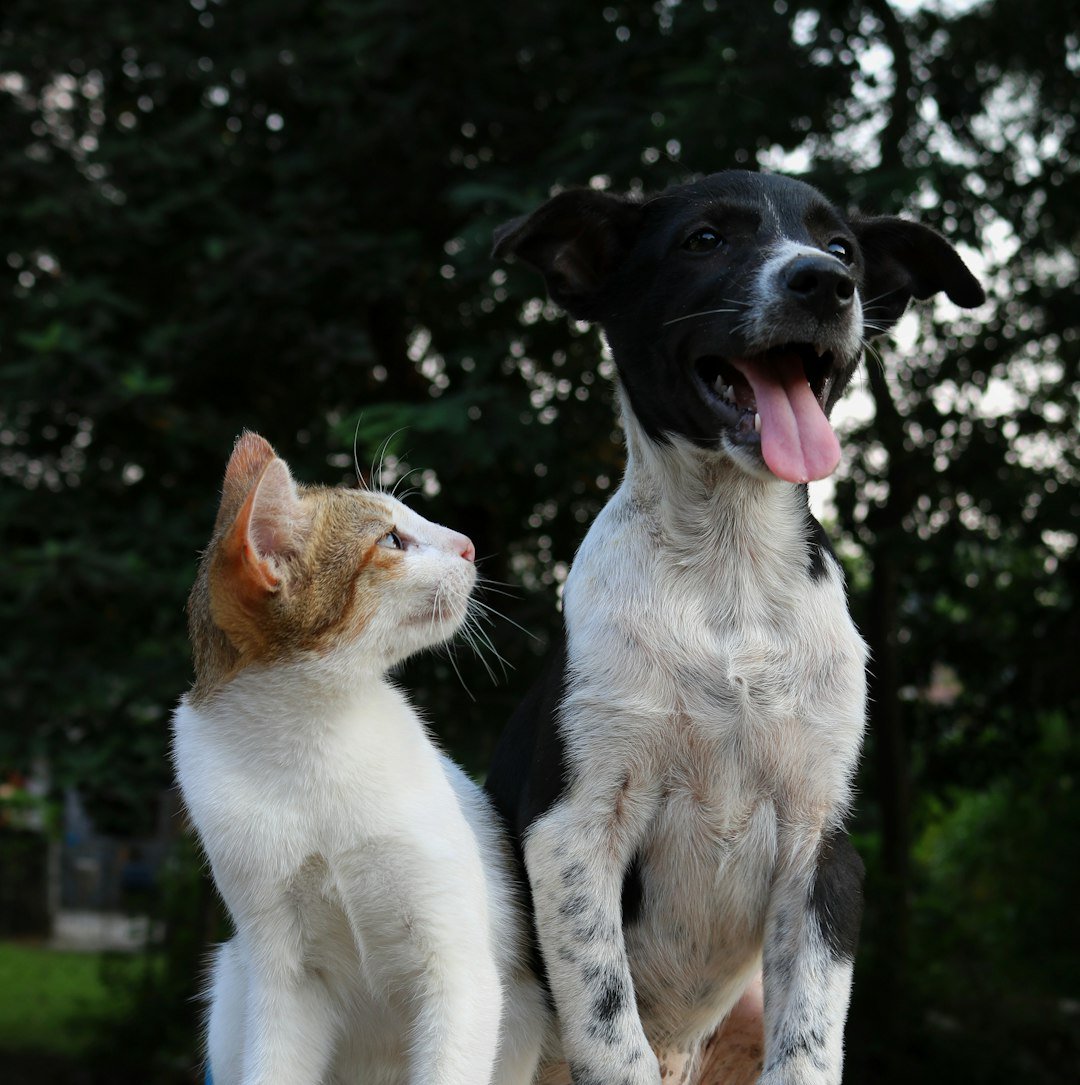
Think of personality as a set of dials: turn up extraversion, and you’re more likely to seek stimulus, routine outings, and face-to-face interactions – dog-friendly traits. Turn up openness and introspection, and the controlled unpredictability of a cat may feel perfectly pitched for creative flow or flexible schedules. Agreeableness can cut both ways: some enjoy the eager social feedback of dogs, while others appreciate the gentler, slower trust-building with cats.
Neuroticism can also play out differently: some find a dog’s constant presence soothing; others prefer the low-demand companionship of a cat. Conscientiousness often favors the time management required for training and walks, but a well-structured home can serve either species. In short, the same trait can lead to different choices depending on life context, work demands, and past experiences.
The Brain on Bark and Purr
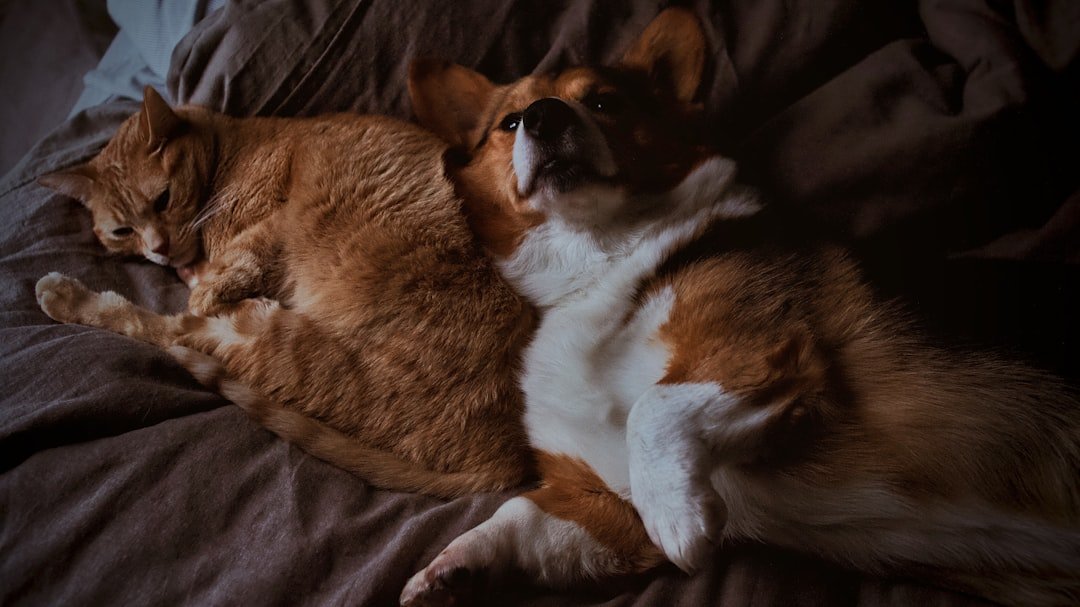
Human–animal bonds have measurable biology behind the warm fuzzies. Interactions with familiar pets can trigger oxytocin release, the same hormone linked with bonding and trust, while lowering markers of stress in many contexts. People who crave energetic feedback may find the rapid loop of eye contact, motion, and praise with dogs especially rewarding.
Cats offer a different sensory landscape: the steady vibration of a purr, the quiet ritual of approach and retreat, the soft cadence of evening routines. Some studies suggest that purr frequencies overlap with ranges used in physical therapies, a tantalizing overlap that invites more research rather than firm conclusions. The takeaway is simple: different nervous systems flourish under different kinds of social and sensory input, and our pet choices reflect that calibration.
Culture, Place, and the Pet Gap

Preference isn’t just inside your head; it’s outside your window. Dense cities with small apartments and long commutes tend to tilt feline, while suburban spaces with yards, trails, and dog-friendly infrastructure tilt canine. Housing policy, landlord rules, and workplace flexibility can quietly decide the outcome before a single heart is won at a shelter.
Algorithms nudge us too: adoption sites promote animals based on your clicks, reinforcing early leanings, while social media amplifies breed aesthetics or viral cat personalities. Family history plays a part; people often echo the pet culture they grew up with. What looks like horoscope destiny often traces back to leases, sidewalks, and childhood memories.
Global Perspectives
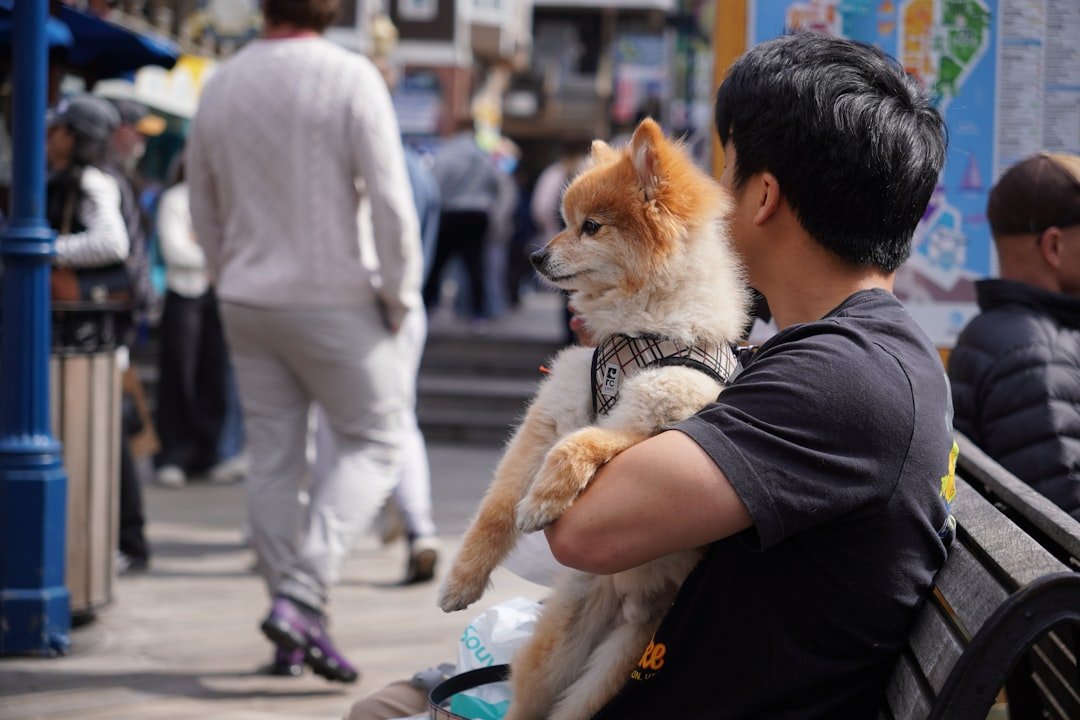
Pet culture varies dramatically around the world, complicating tidy star-sign stories. In some regions, free-roaming community cats are common and warmly tolerated, making feline companionship a norm rather than a deliberate acquisition. In others, dogs play visible roles in security, herding, or therapy, shaping public attitudes and policies that make dog ownership easier.
Religious practices, local health regulations, and veterinary access all influence which species fits a household’s reality. Media portrayals differ as well, with certain countries elevating specific breeds or cat aesthetics that signal status or subculture. The global landscape reminds us that preference is a moving target defined by culture as much as by character.
Why It Matters
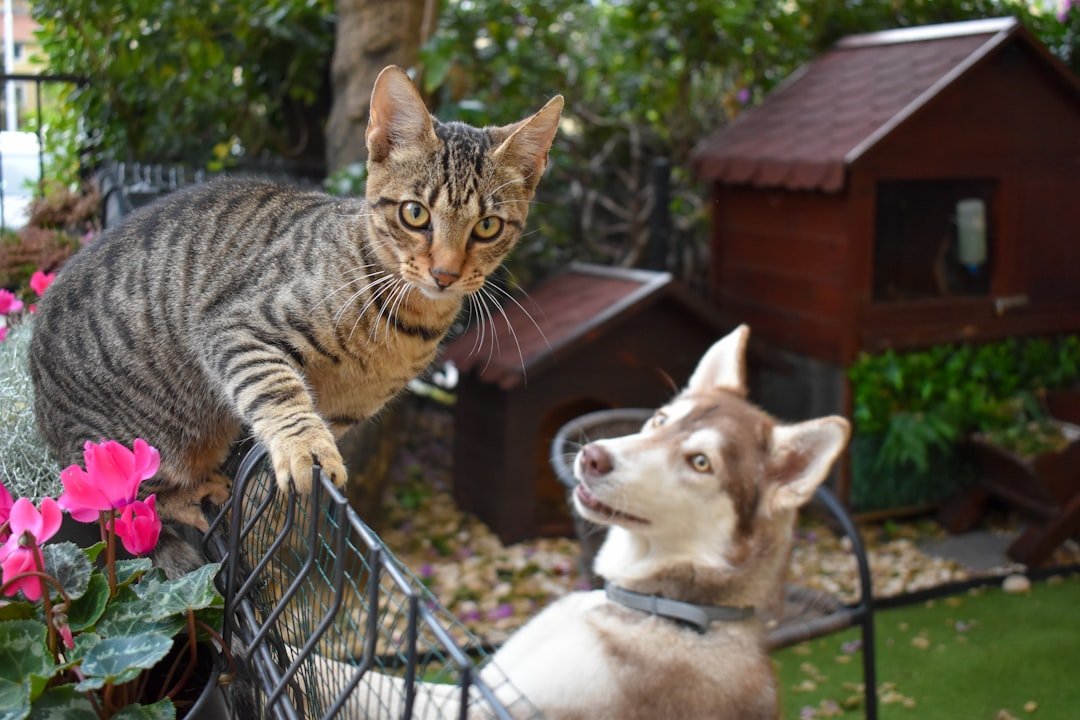
Understanding why people choose dogs or cats isn’t a cocktail-party diversion – it has practical consequences for animal welfare and public health. Shelters that tailor messaging to personality profiles can improve adoption matches and reduce returns, sparing animals stress and saving organizations resources. Urban planners who recognize dog-walking patterns can design safer, greener routes that benefit everyone, including non-owners.
For science, the pet-choice question is a crisp test of how narratives compete with data. Astrology frames a compelling story; psychology and behavioral ecology test it against measurable outcomes. Balancing both helps agencies, vets, and shelters meet people where they are without sacrificing evidence. It’s not about debunking joy – it’s about aligning joy with reality.
The Hidden Clues, Revisited: Sign Archetypes as Identity Scripts

Here’s where the zodiac still earns a seat at the table: as a language for identity that people actually use. When someone leans into a sign’s storyline – bold leader, patient caretaker, free-spirited thinker – that script can shape daily choices, including pet care habits. The effect isn’t celestial; it’s cognitive and cultural.
Quick, evidence-minded notes that ground the conversation:
- No rigorous study has shown birth date causes pet preference or personality.
- Dog-identifying people often report higher sociability and routine-seeking; cat-identifying people often report higher openness and sensitivity.
- Housing, time, and local norms explain a large share of the variance.
These points keep the narrative fun without drifting into false certainty.
The Future Landscape
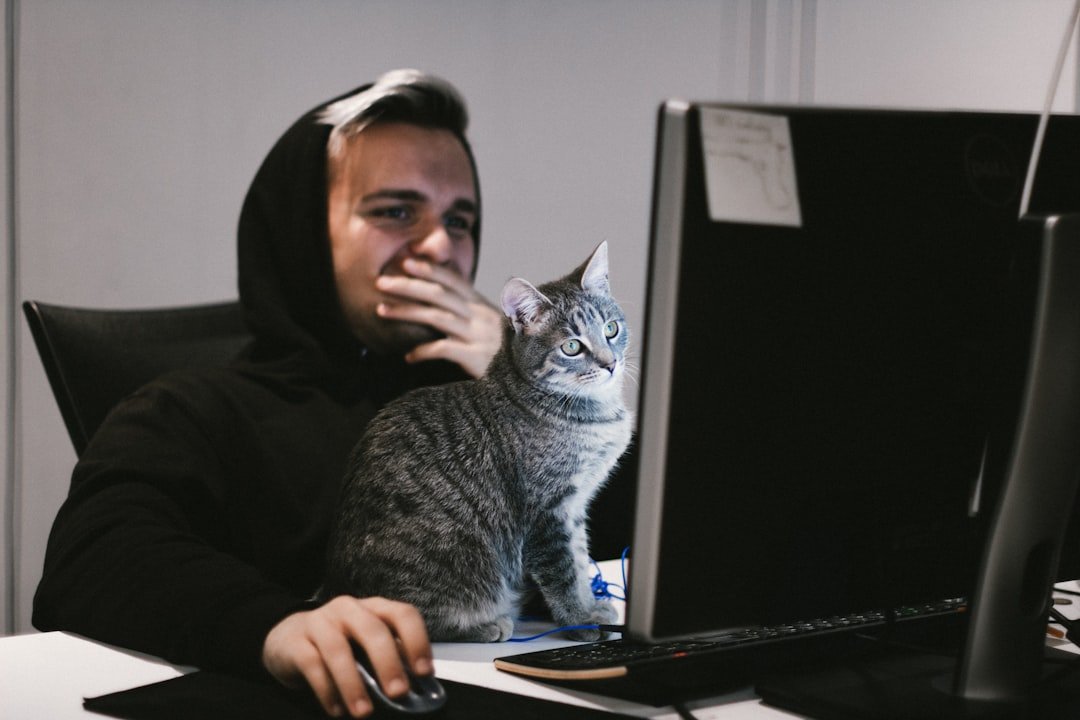
Expect technology to reshape the cat–dog divide in subtle ways. Wearables already monitor canine activity and stress; similar tools for cats are catching up, offering real behavior data to match with owner traits. Artificial intelligence can analyze shelter videos to predict training needs or social comfort, improving pairings between animals and humans with particular lifestyles.
We’ll also see policy experiments: pet-inclusive housing incentives, pet-friendly transit pilots, and employer benefits for pet care during onboarding. Global veterinary telehealth could reduce gaps in access, especially for busy cat owners or rural dog owners. As datasets grow, researchers will be able to map how personality, environment, and culture interact – no horoscope required, but plenty of room for personal meaning.
Conclusion
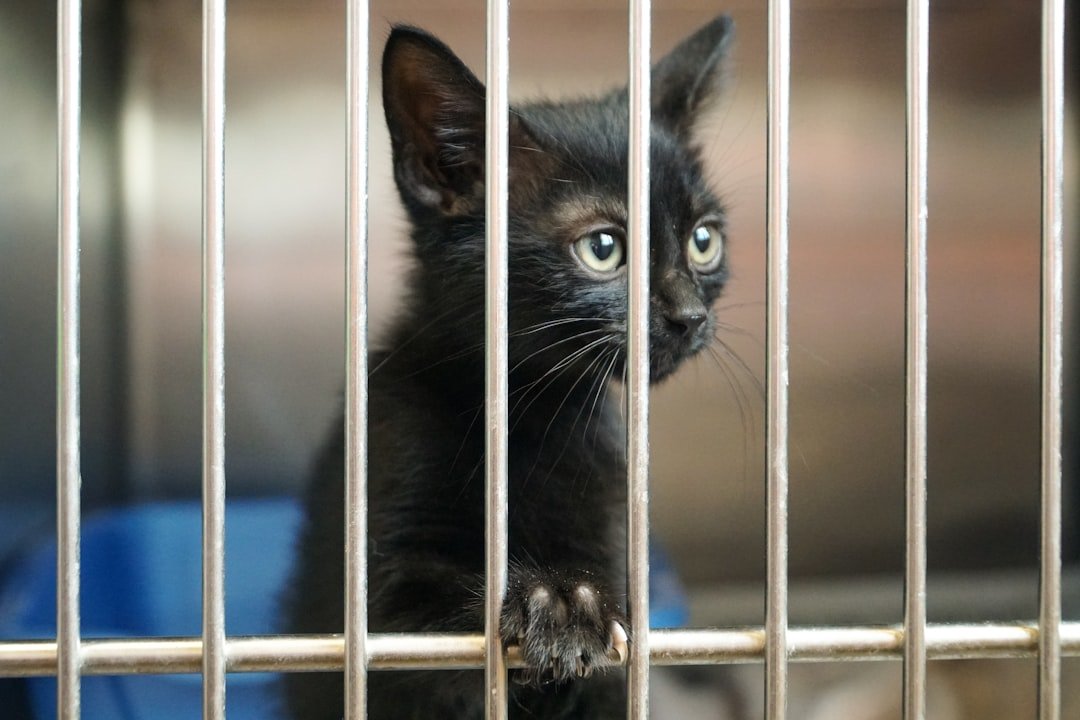
If you’re pet-curious, start with your day-to-day reality rather than your birth chart. Track a week of routines – sleep, commute, social energy, outdoor time – and ask which animal’s needs truly fit. Visit shelters with an open mind and let trained staff match you with a temperament, not a trope.
Support evidence-based care by donating to shelters that use behavioral assessments, advocating for pet-inclusive housing, and sharing accurate information about training and enrichment. Keep the poetry of the zodiac if it brings you joy, but let data guide the decision that shapes a life at your side. Your best match is the one that thrives with you, not the one promised by the stars.

Suhail Ahmed is a passionate digital professional and nature enthusiast with over 8 years of experience in content strategy, SEO, web development, and digital operations. Alongside his freelance journey, Suhail actively contributes to nature and wildlife platforms like Discover Wildlife, where he channels his curiosity for the planet into engaging, educational storytelling.
With a strong background in managing digital ecosystems — from ecommerce stores and WordPress websites to social media and automation — Suhail merges technical precision with creative insight. His content reflects a rare balance: SEO-friendly yet deeply human, data-informed yet emotionally resonant.
Driven by a love for discovery and storytelling, Suhail believes in using digital platforms to amplify causes that matter — especially those protecting Earth’s biodiversity and inspiring sustainable living. Whether he’s managing online projects or crafting wildlife content, his goal remains the same: to inform, inspire, and leave a positive digital footprint.

